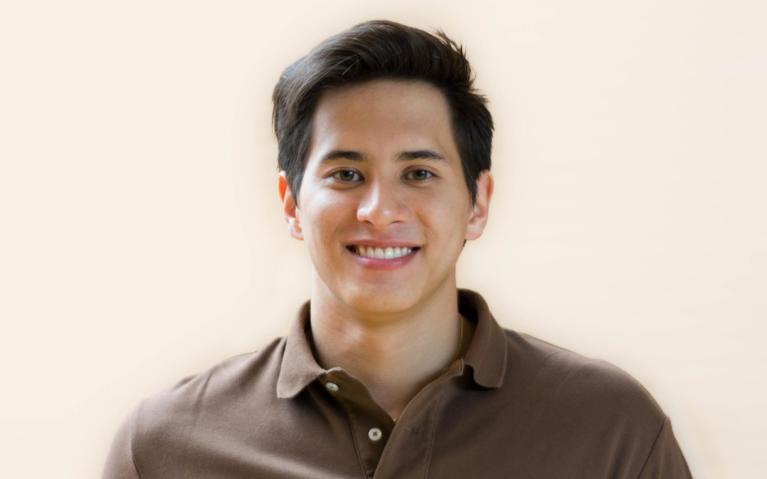Safety assessment of a novel implantable optical sensor designed to monitor spinal cord hemodynamics and oxygenation (2023)
Currently, hemodynamic management is one of the only treatment options to improve neurologic recovery in patients with acute spinal cord injury (SCI). Our team has developed a novel implantable sensor based on near-infrared spectroscopy (NIRS) that is able to monitor spinal cord hemodynamics and oxygenation in real-time following acute SCI. In order to collect data, the NIRS sensor should be in direct contact with the spinal cord and emit near-infrared light into the tissue. As a safety assessment measure, I aimed to study the potential heat generation and contact compression effects of a series of custom implantable NIRS sensors developed in our research laboratory on the spinal cord tissue, as it is important prior to its clinical translation. In Chapter 1, I describe acute SCI and clinical treatment options such as hemodynamic management, as well as using NIRS to monitor spinal cord hemodynamics and improve the management of acute SCI. I also provide a background of NIRS technology, its clinical transcutaneous and novel implantable applications, and its risk factors and safety aspects. In Chapter 2, I investigate the potential heating effect of our spinal cord NIRS sensor using an in vitro setup. In this chapter, I have compiled information for a review article titled "Thermal Threshold for Tissue Damage from Near-Infrared Spectroscopy Sensors," which I plan to submit to a peer-reviewed journal. In Chapter 3, I focus on the potential impact of NIRS sensor compression on the spinal cord tissue in a porcine model of acute SCI. In Chapter 4, I provide a summary, conclusions, and future directions. In the appendix, I provide a summary of the regulatory process for the application of the NIRS sensor (version 5) in the NIRS clinical trial. With these pre-clinical experiments, I have assessed the safety of the first series of the spinal cord NIRS sensors, which will ultimately lead to the design of the newest version of the sensor to be placed on the spinal cord of human SCI patients in a clinical trial. This study could help future studies in evaluating the safety of implantable NIRS sensors.
View record





